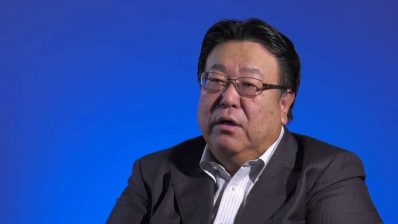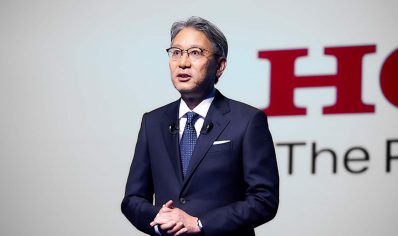Dearborn, Michigan-based Ford Motor Co. reported net income of $1.8 billion, or 45 cents per share, and adjusted earnings of $3 billion for the third quarter of 2021.
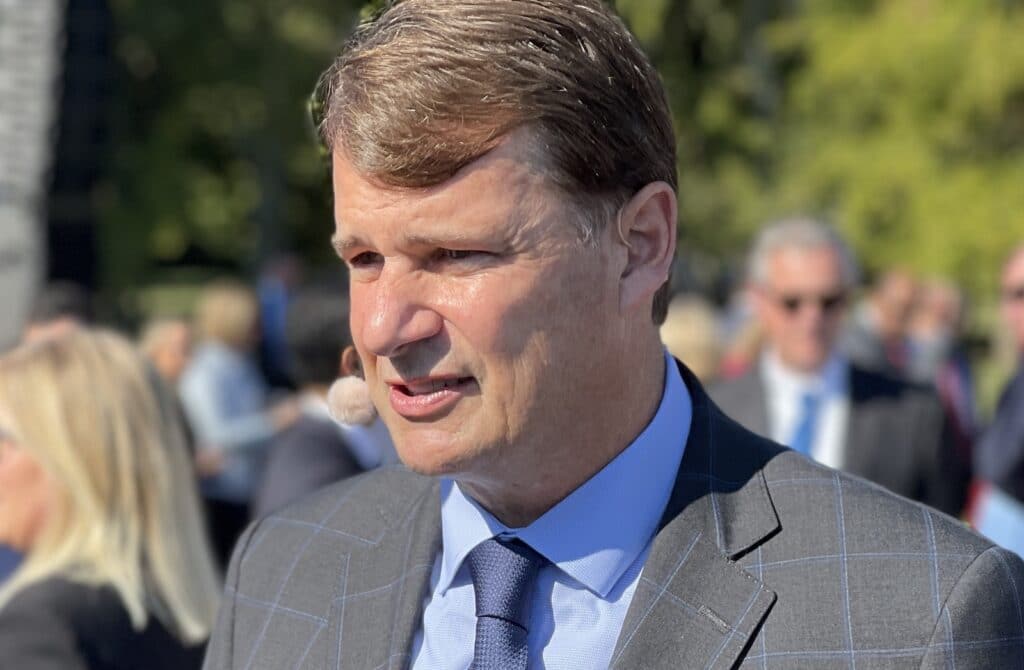
The company’s revenue for the period was $35.7 billion, which was down slightly — like the rest of the quarter’s numbers — from the same quarter last year. However, they’re better than the analysts’ consensus estimate expecting 27 cents per share and revenue of $32.7 billion.
Those numbers are also an improvement compared with the Q2 results, which were expected to be the worst results for the year due to the ongoing semiconductor shortage.
Ford officials claim Ford +, the plan aimed at making the automaker a leaner, meaner, more innovative profit-making machine, is taking root and the profitable third quarter results reflect those nearly yearlong efforts to implement it.
“This is the most exciting Ford lineup I’ve seen, but what matters is that customers love our new products and services – and we’re just getting started,” said President and CEO Jim Farley. “The trajectory of our business gives us huge confidence in Ford+, and we’re obsessively turning the plan’s promise into reality.”
More positive numbers
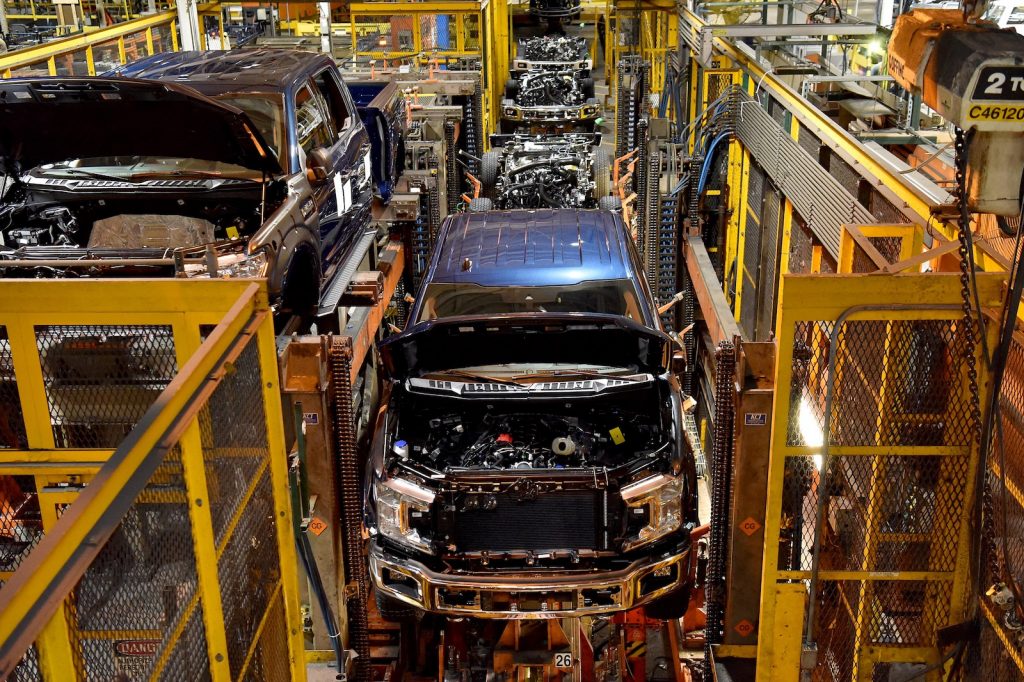
Ford’s adjusted EBIT was $3 billion, with an adjusted EBIT margin of 8.4 percent. Third-quarter cash flow from operations was $7 billion and adjusted free cash flow was $7.7 billion, both up considerably from the second quarter largely because of the higher wholesales and profitability. The company ended Q3 with $31.5 billion of cash and $47.4 billion in total liquidity.
The company’s results were strong enough that officials increased its guidance for full-year 2021 adjusted EBIT to between $10.5 billion and $11.5 billion.
Some of the improvement comes from the increased availability of semiconductor supplies, the company noted, adding its regional product shipments increased 67% from its second quarter results. The result was an increase in EBIT margin to 10.1% — higher than the 8% benchmark set by the Ford+ program for 2023.
Ford said it remains what Farley calls “spring loaded” for growth in North America as semiconductor volumes increase, with a 50% sequential increase in orders — to more than 100,000 — for vehicles already on the market, excluding those for the all-new Bronco.
More investment as part of the plan
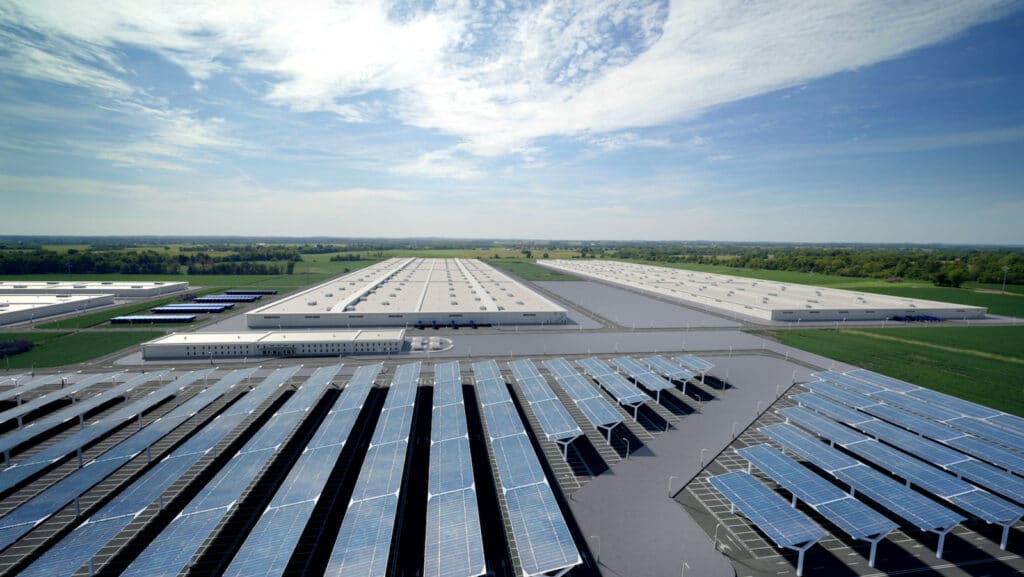
Farley said the Ford+ plan combines foundational strengths and evolving new capabilities to create superior experiences for customers — and profitable growth for Ford — in electric vehicles, commercial vehicles and services, connected services and autonomy/mobility.
According to CFO John Lawler, the company expects to invest $40 billion to $45 billion in strategic capital expenditures between 2020 and 2025 — including one-half of the more than $30 billion it plans to devote exclusively to BEVs during that same period.
Those investments are highlighted by the move to build a new F-Series truck plant just outside Memphis, Tennessee as well as a EV battery production plant in a complex it’s calling Blue Oval City, plus two more battery assembly sites in Kentucky in partnership with SK Innovation in a venture called BlueOval SK.
Other projects mentioned, included: the closed-loop battery recycling facility with Redwood Materials, the construction of the new BEV production facility in Germany and the new joint venture slated to build E-Transit battery-electric commercial vans in Turkey.
“What’s certain is that we’re going to keep investing smartly and heavily in Ford+ – customer-facing technology and always-on relationships, connectivity, and EVs – on top of a foundation that’s broad and deep,” said Lawler. “We believe the long-term value creation from these investments will be substantial.”
